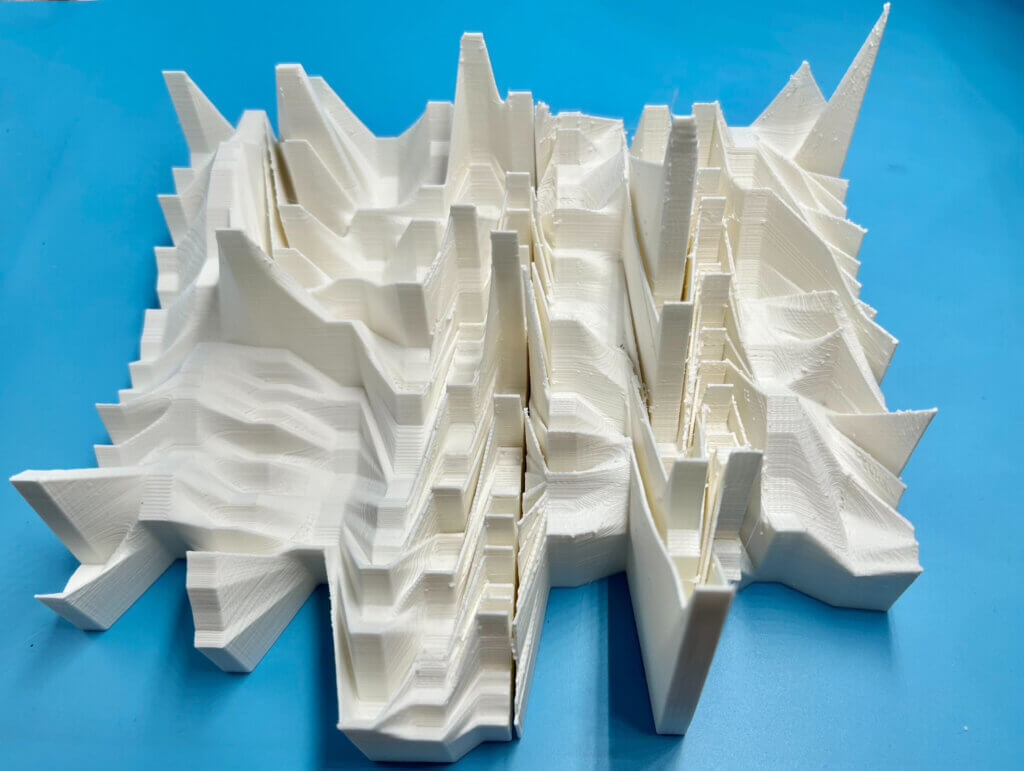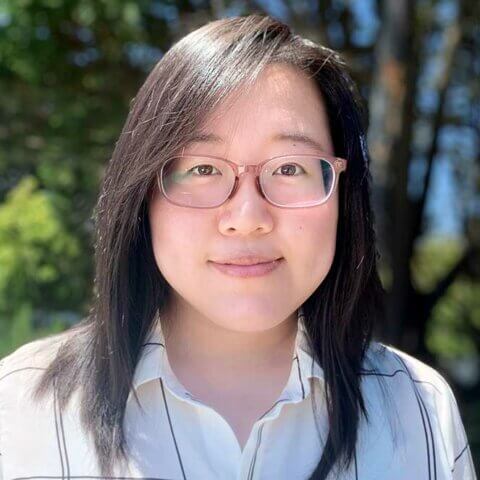This week’s maker is Mick O’Kelly, Atlantic Fellow for Equity in Brain Health at the Global Brain Health Institute (GBHI). We caught up with Mick to see what he has been working on with the Makers Lab and for his fellowship:
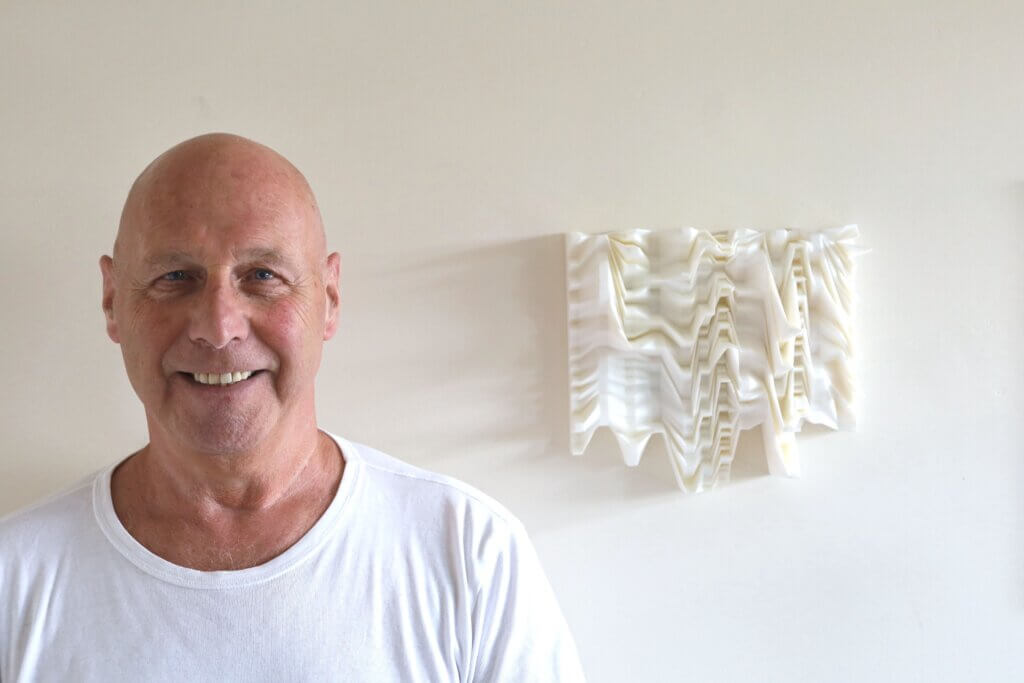
Q: What did you make?
Quite literally, a 3D print of my dreams.
This is part of a Pilot Project Award with the GBHI and the Alzheimer’s Association I am developing in Ireland. The main part was transferring a patient’s EEG into a stained glass window that was later installed into their home.
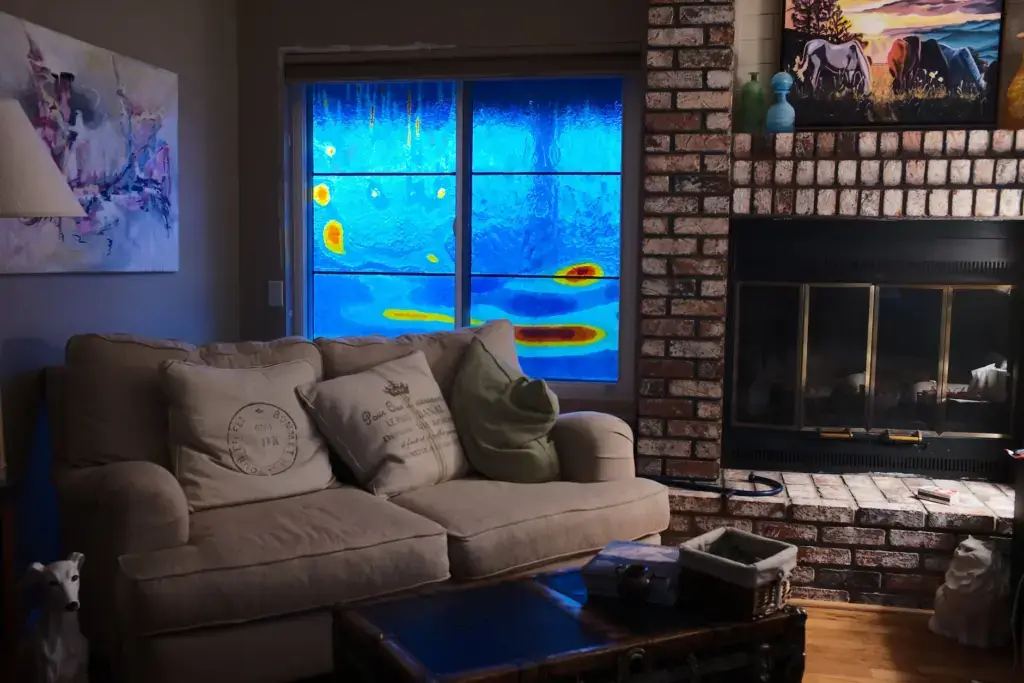
Q: Why did you want to make it?
I am an artist with a background in sculpture. For all the years I have been making art, I’ve never really considered the brain. The brain has been an invisible, ubiquitous machine that drives all our perceptions, directions, sensations, translations, desires that give form to the conceptualization of ideas to making and installing this intellectual action as a work of art. I was curious about representing what we cannot see, hear, or say.
The idea of making a solid form of something as ephemeral as my dreams was an exciting challenge and being surrounded by global leaders in neurology, neuroscience, labs, workshops, and technicians at UCSF was an incredible opportunity for me. I spoke with Professor Christine Walsh at the Memory and Aging Centre (MAC) and floated my idea to make a 3D model of my REM dream state.
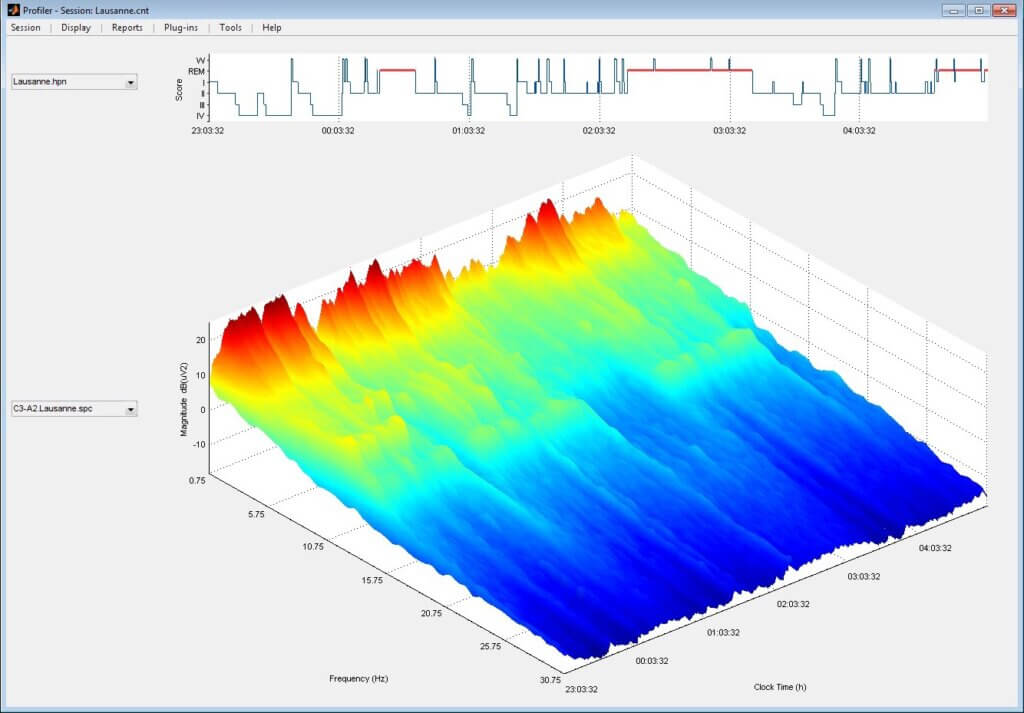
Q: What was your process?
With the assistance of Clinical Research Coordinator Natalie Pandher, I wore a sleep profiler over four nights. This captured my brain activity and different sleep states (i.e. mild sleep, drifting in and out of dreams, and deep REM sleep). Each morning, I wrote what I remembered of the previous night dreams, which were a bit disjointed and bizarre. Having acquired this data, Christine suggested that I speak with Jenny Tai at the Makers Lab on Parnassus as this may be a project that opened a platform for collaboration between Art, Neuroscience, and Technology. Since I am not a scientist this language and technology was beyond me, Jenny, Christine, and Natalie developed an interface to translate and transfer the data to a 3D model.
As the entire dataset would be too large to process on its own, the REM sleep data of each night was taken instead. Excel graphs of the REM data were converted into SVG format. Each SVG profile was then extruded and joined together in CAD software for the final result.
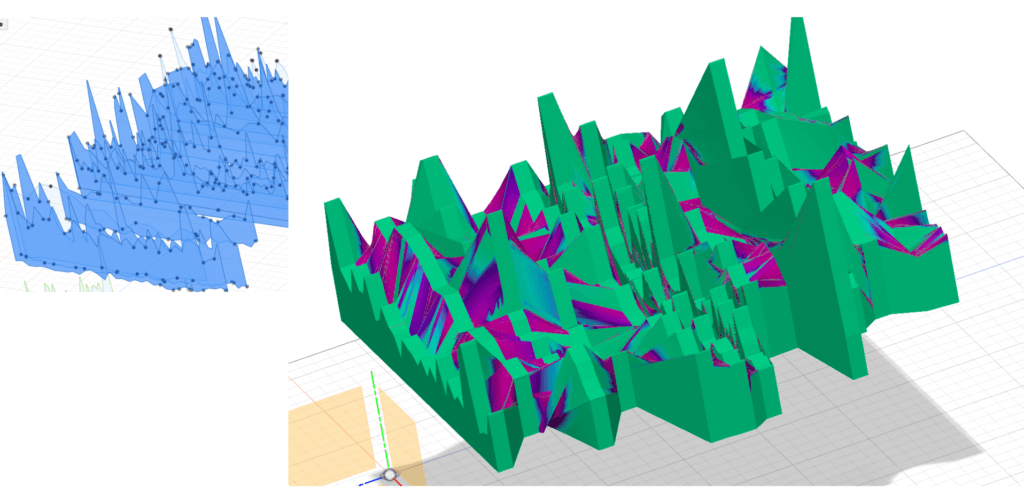
Q: What was the hardest part of the process?
The first challenge was converting my data into a 3D model. The second was locating where the 3D printed output lies on the spectrogram of my sleep data.
Q: What was your favorite part of the process?
The process of seeing my dreams sleep state emerge into a 3D model is a transformative and incredible experience. To create a solid form from such fleeting pulsions of fragmented thoughts escaping in all directions all at once seemed such a freedom, a bit schizo-analytic. Almost against our human nature which is to create order, coherency and control. This offers immense potential for art and neuroscience collaboration that links with my interest in mapping the space of Dementia.
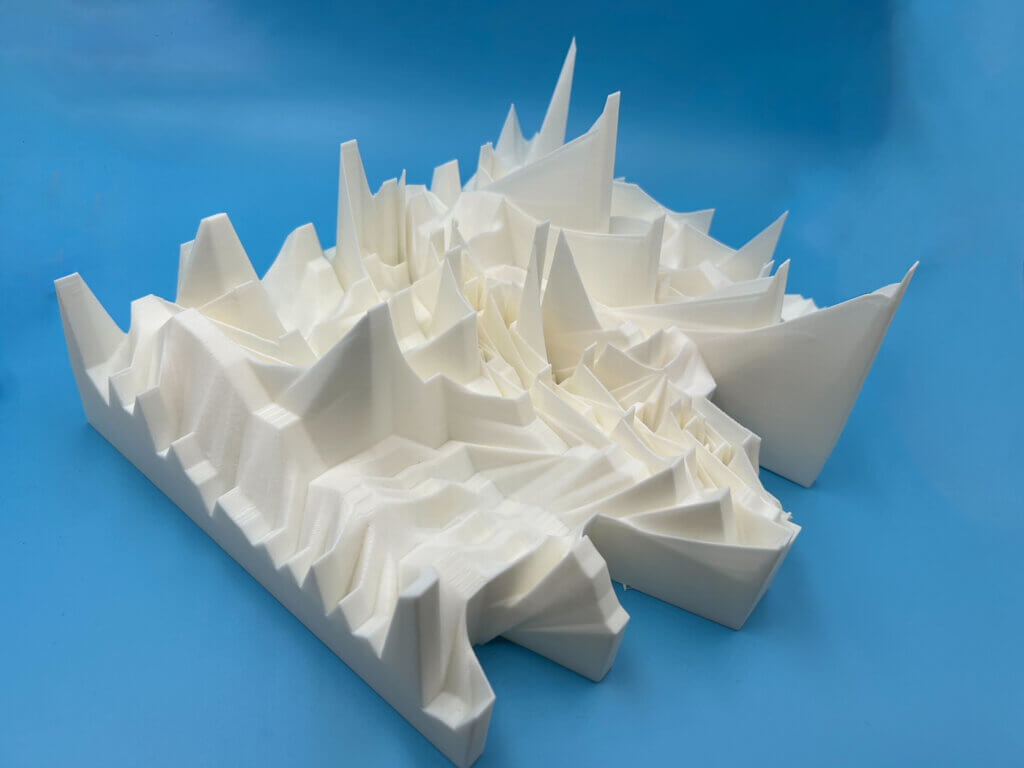
Q: How did this help make you a better artist/fellow?
Do I think this makes me a better artist? I don’t know but I hope it makes better art!
Q: What do you want to make next?
I have proposed a development of a new project to map the unconscious REM sleep / dream space of my time-walks in Death Valley, CA.
